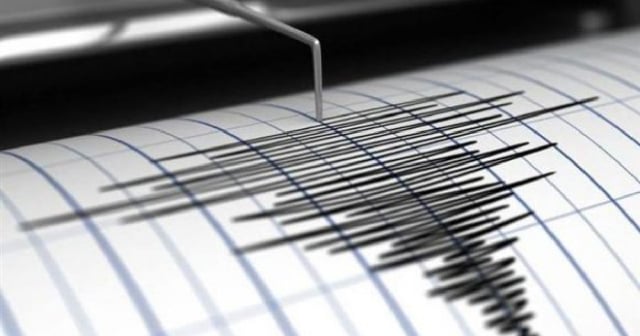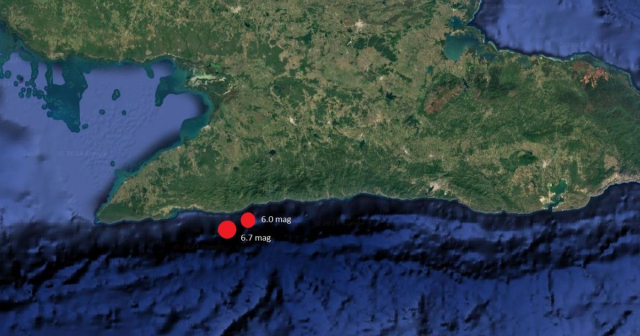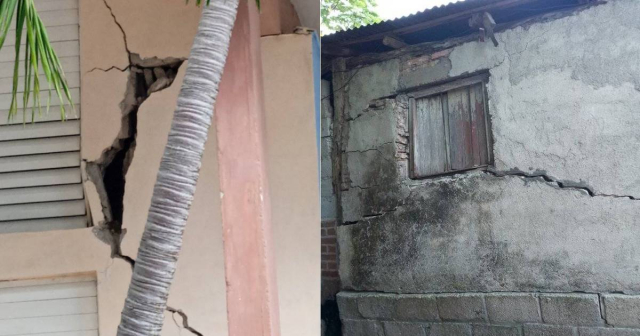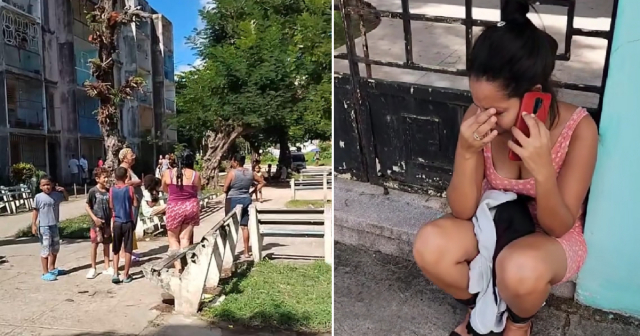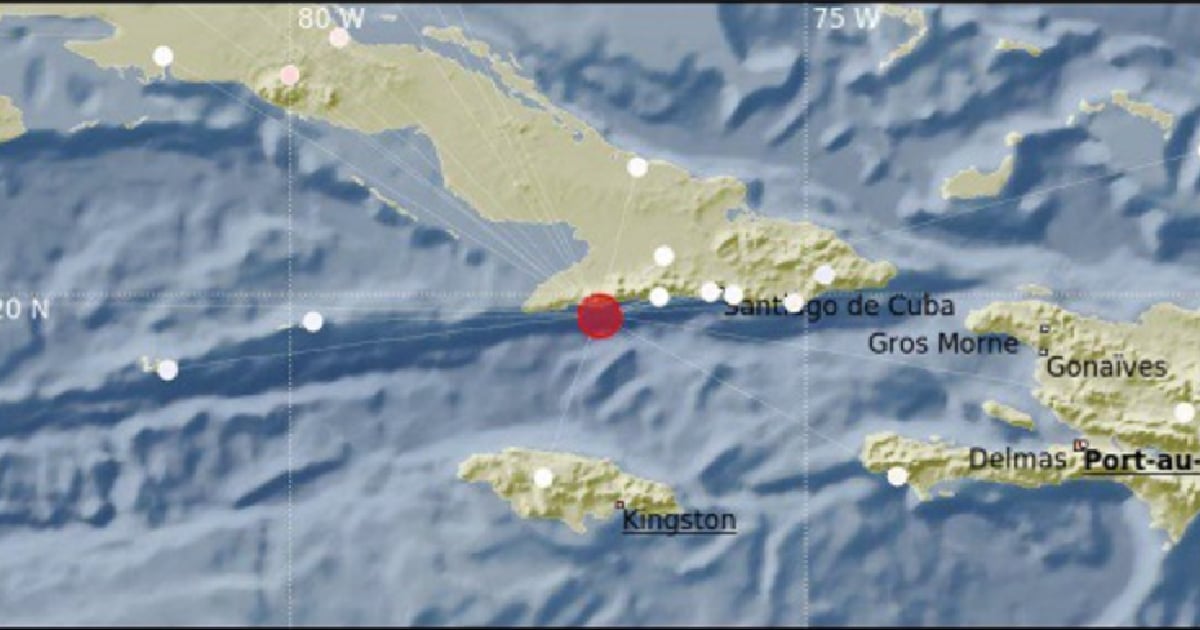
In light of the recent seismic activity in eastern Cuba, it is essential to be aware of a series of key recommendations to minimize risks and protect the lives of citizens.
In this regard, the National Center for Seismological Research (CENAIS) on the island offers guidelines on its website that cover everything from preparedness to immediate actions during and after the event, aimed at minimizing material and personal damage.
It's worth noting that two earthquakes occurred this Sunday in the eastern region of Cuba.
The first tremor, measuring 6.0 on the Richter scale, was reported at 10:50 a.m. at coordinates 19.75 degrees north latitude and 76.91 degrees west longitude.
Subsequently, at 11:49 a.m., a second, stronger earthquake occurred, measuring 6.7 in magnitude and located at a depth of 10 km, 32 kilometers southeast of Pilón, in the province of Granma, at coordinates 19.2 degrees north latitude and -76.99 degrees west longitude.
- Before an earthquake:
Develop a contingency plan with your family members or neighbors to clarify the actions to be taken by each individual in the family or community.
Choose an open and safe place to go to after the earthquake.
For a quick evacuation, you should know where the exit door keys are located.
Prepare a backpack that includes a first aid kit, canned food, a can opener, drinking water, a radio, a flashlight, batteries, and a whistle for signaling for help.
Identify the safest exits for escape visually, and if possible, indicate them.
Secure and/or relocate heavy objects that may fall, such as computers, lamps, bookshelves, pictures, fans, televisions, etc.
- During an earthquake:
React calmly and reassure those around you.
If you are indoors, take cover under a sturdy table, desk, or bed.
If there are no furniture pieces to take cover under, position yourself underneath a beam, next to a column, or in a corner of the building in a fetal position.
Stay away from windows, mirrors, or glass doors.
If you are in a very crowded place (the cinema, theater, the subway, etc.), do not panic or rush towards the exits, as many people may get hurt trying to leave at the same time.
If you are at the beach, exit the water quickly, move away from the shore, and position yourself in an elevated area at least 300 meters away, as large waves may occur.
If you are in a wheelchair and indoors, position yourself under a beam, next to a column, or in a corner. Then, brake the wheels and cover your head with your arms.
- After an earthquake:
Activate the emergency plan.
At the end of the movement, promptly and orderly evacuate the individuals from the school, house, or workplace.
Do not use the elevators; remember that you could get stuck. Please use the stairs.
Try not to walk barefoot.
Turn on the radio to listen to the authorities' recommendations and follow them.
Assist in rescuing the injured. If trapped, remain calm.
Call for help loudly or use a noise-making instrument to alert others.
Be prepared for secondary earthquakes known as aftershocks.
What do you think?
COMMENTFiled under:



